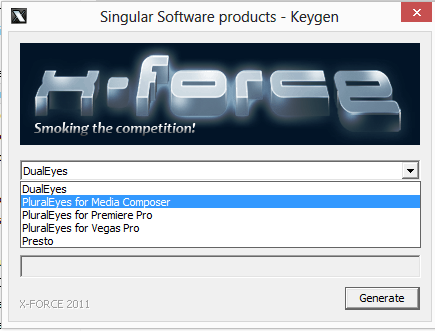

We have tried to implement a method to rid RRBS libraries (or other kinds of sequencing datasets) of potential problems in one convenient process. Adaptive quality and adapter trimming with Trim Galore Poor base call qualities or adapter contamination are however just as relevant for 'normal', i.e. RRBS libraries with long read lengths suffer more from all of the above due to the short size- selected fragment size.paired-end RRBS libraries (especially with long read length) yield redundant methylation information if the read pairs overlap.positions filled in during end-repair will infer the methylation state of the cytosine used for the fill-in reaction but not of the true genomic cytosine.adapter contamination – may lead to low mapping efficiencies, or, if mapped, may result in incorrect methylation calls and/or mis-mapping.

poor qualities – affect mapping, may lead to incorrect methylation calls and/or mis-mapping.In our brief guide to RRBS we discuss the following points: This is even more critical for the proper analysis of RRBS libraries since they are susceptible to a variety of errors or biases that one could probably get away with in other sequencing applications. Thorough quality control and taking appropriate steps to remove problems is vital for the analysis of almost all sequencing applications. Specialised Trimming - hard- and Epigenetic Clock Trimmingįor all high throughput sequencing applications, we would recommend performing some quality control on the data, as it can often straight away point you towards the next steps that need to be taken (e.g.Taking appropriate QC measures for RRBS-type or other -Seq applications with Trim Galore!


 0 kommentar(er)
0 kommentar(er)
